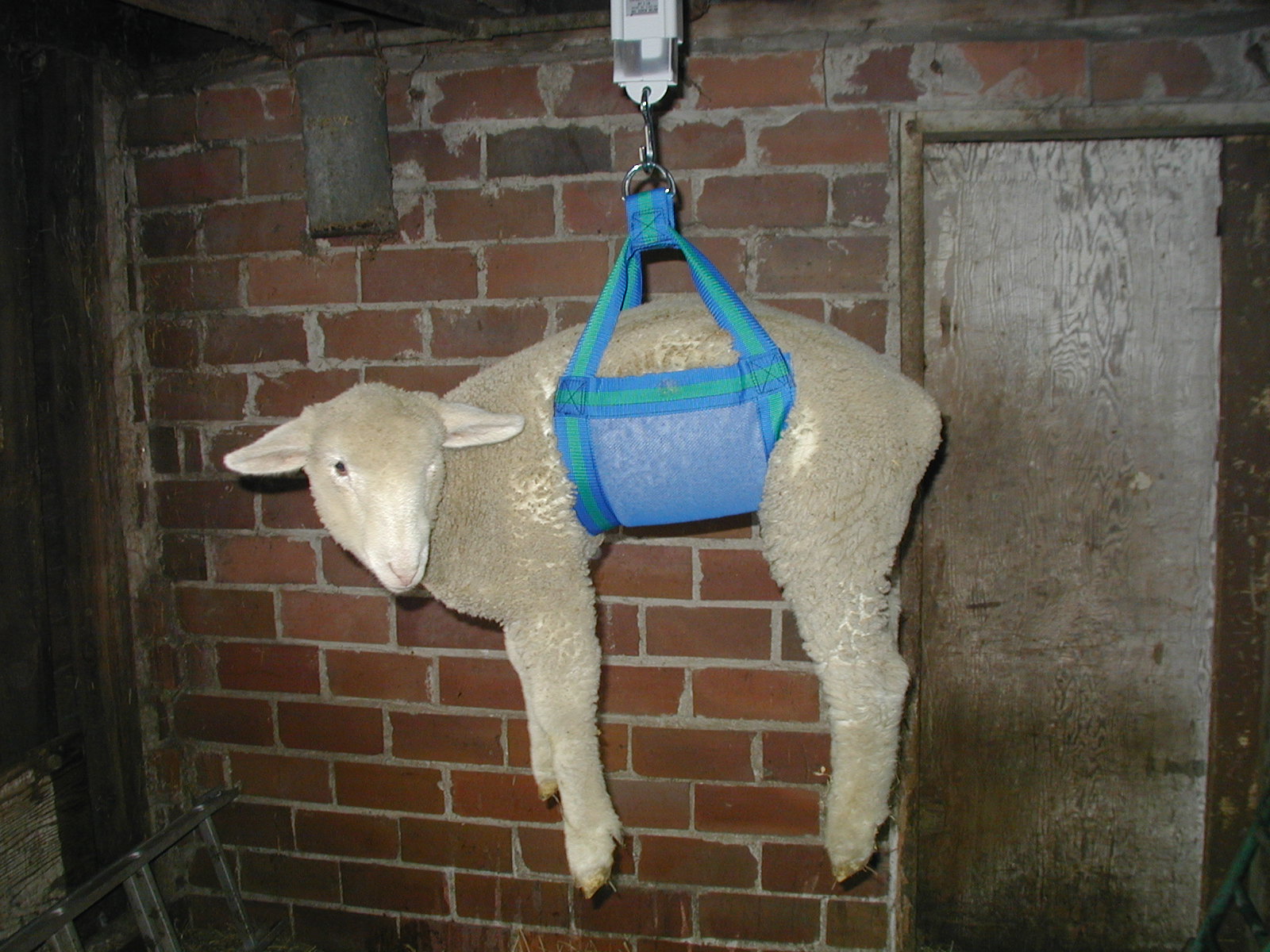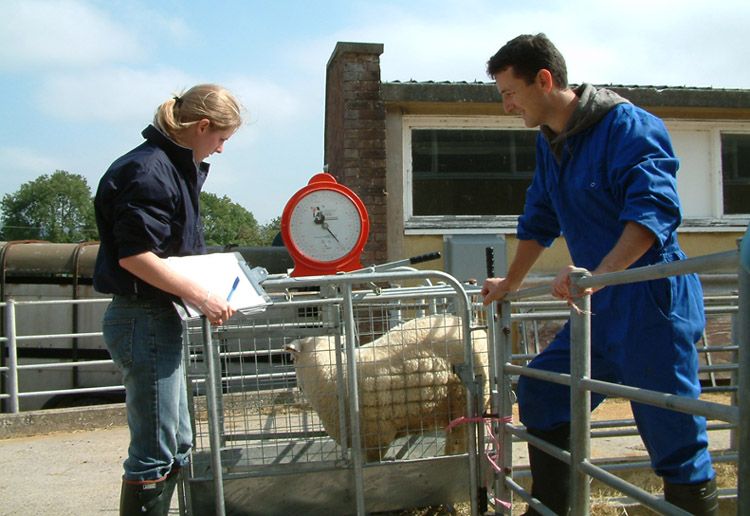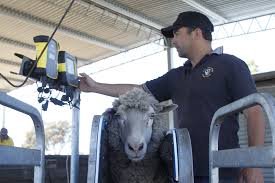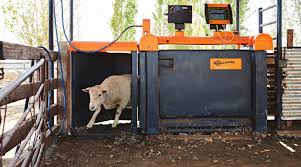Once the cattle are in the crush and the scale is set up correctly as we discussed earlier we are ready to start weighing the individuals. There are generally two means of weighing and recording the weights. Firstly, we are going to look at the manual process.
Manual Process
Ensure that the scale is displaying zero before the animal is allowed onto the scale.
Once the animal is on the scale ensure that the animal is standing with all four hoofs firmly planted on the scale and that as little as possible contact is made with the sides of the crush.
When the reading on the scale stabilises note the reading and record too next to the animal’s ear tag number on a clipboard.
Once you have taken the reading allow the animal to pass through the crush and zero the scale again before the next animal is allowed onto the scale.
 |
 |
Computerised Process
The computerised process follows a similar pattern to the manual process and you still have to ensure that the scale is set to zero before an animal is allowed onto the scale. Depending on the type of system in use a handheld scanner will be used to scan the animal’s EDI (Electronic Data Interchange) ear tag once the animal is on the scale and the reading has stabilised.
The information will then be automatically stored on the computer’s hard drive and the producer will then be able to determine weight gain or loss by easily comparing the results to the previous weigh-ins. Although expensive, computerised systems have proven very effective in determining and tracking the weight of cattle accurately over long periods of time.
 |
 |
Click here to view a video that explains live weight scales.
Click here to view a video that explains weighing Hereford cattle.